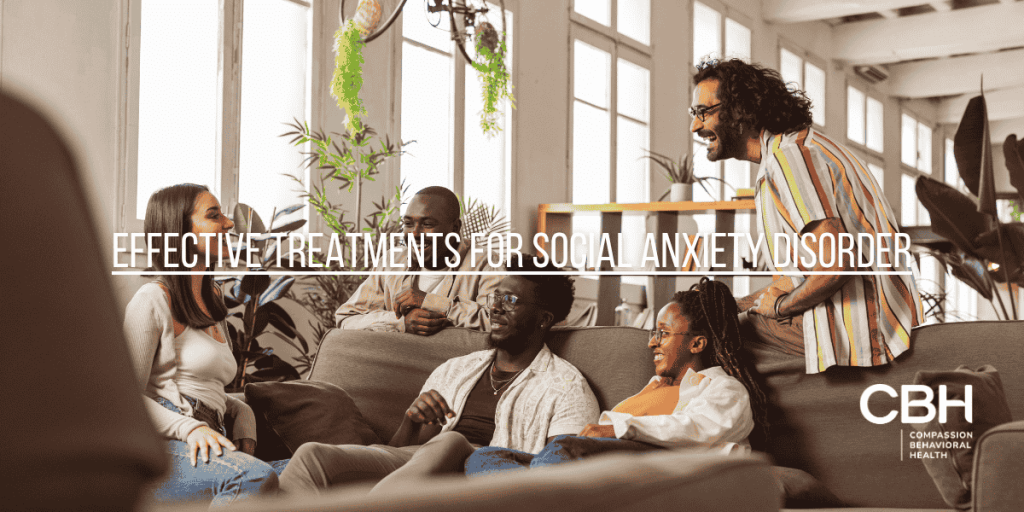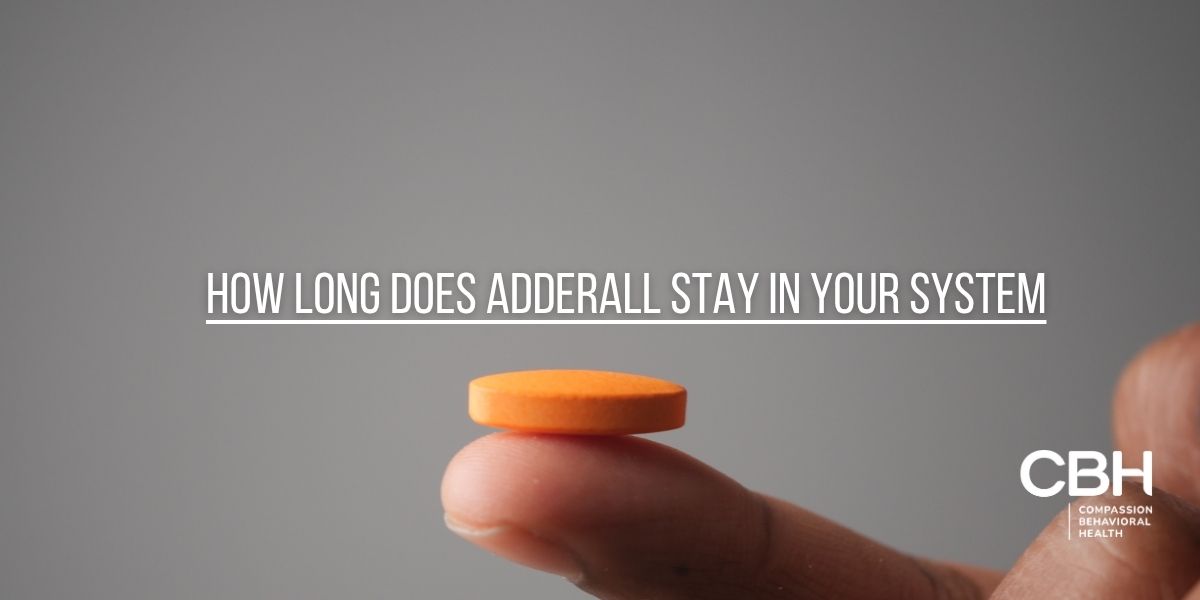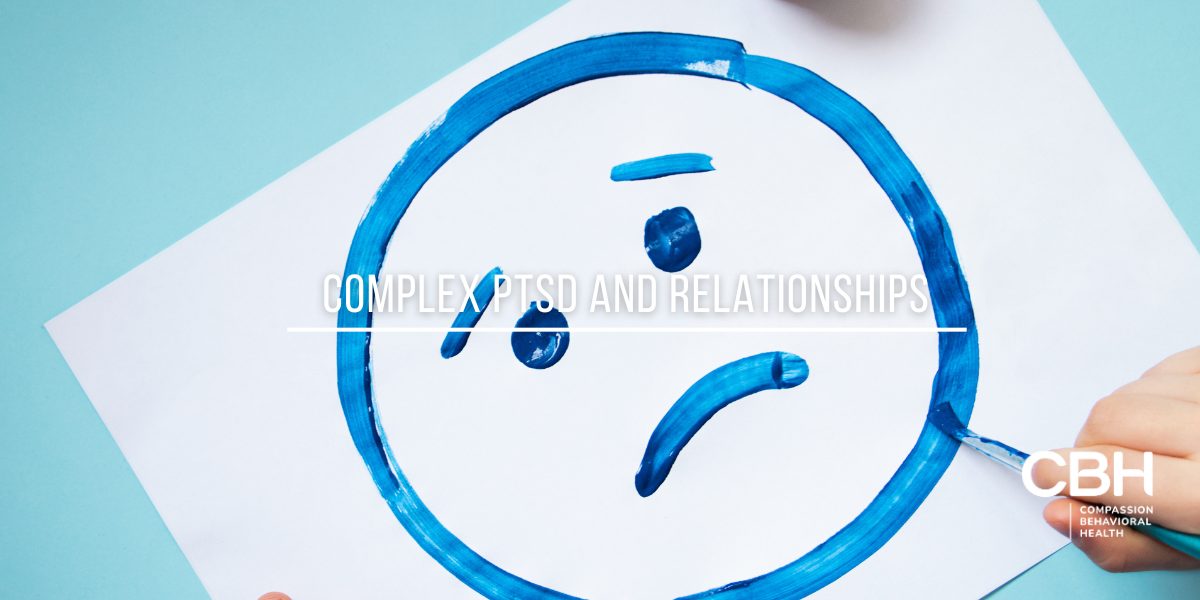Social Anxiety Disorder (SAD) is a prevalent mental health condition that affects millions of individuals worldwide. This type of anxiety is characterized by an intense fear of social situations, and it can significantly hinder daily activities and overall quality of life. Fortunately, there are numerous effective treatments available that can help individuals manage and overcome their anxiety. This comprehensive guide will explore various treatment options, including therapy, medication, lifestyle changes, and self-help strategies.
Understanding Social Anxiety Disorder
Before delving into treatment options, it is essential to understand what Social Anxiety Disorder entails. This condition is more than just shyness; it involves a persistent fear of being judged or embarrassed in social situations. Individuals with this disorder often find themselves in a cycle of anxiety that can be debilitating, affecting their daily lives and overall well-being. The fear of negative evaluation can be so overwhelming that it prevents them from engaging in activities that many take for granted, such as attending social gatherings, speaking in public, or even making small talk with acquaintances.
Symptoms of Social Anxiety Disorder
Individuals with SAD may experience a wide range of symptoms, which can be both psychological and physical. Common symptoms include:
- Intense fear of social interactions
- Worrying excessively about upcoming social events
- Physical symptoms such as sweating, trembling, or rapid heartbeat
- Avoidance of social situations
- Difficulty making eye contact
These symptoms can lead to significant distress and impairment in various aspects of life, including work, school, and personal relationships. The impact of these symptoms can be profound, often leading to isolation and a decrease in quality of life. For instance, a person may decline job opportunities that require interaction with others or miss out on meaningful relationships due to their fear of social engagement. This avoidance behavior can reinforce the anxiety, creating a vicious cycle that is challenging to break.
Causes and Risk Factors
The exact cause of Social Anxiety Disorder is not fully understood, but several factors may contribute to its development:
- Genetics: A family history of anxiety disorders can increase the likelihood of developing SAD.
- Brain Chemistry: Imbalances in neurotransmitters may play a role in anxiety regulation.
- Environmental Factors: Negative experiences, such as bullying or trauma, can trigger social anxiety.
Understanding these factors can help in developing a comprehensive treatment plan tailored to individual needs. Additionally, personality traits such as being more introverted or having a heightened sensitivity to criticism can also predispose individuals to SAD. Early experiences, such as being raised in an overly critical environment or experiencing social rejection during formative years, can further exacerbate these tendencies. Recognizing these underlying causes is crucial for effective intervention, as it allows for targeted therapeutic approaches that address both the symptoms and the root of the anxiety.
Therapy for Social Anxiety Disorder
Therapy is one of the most effective ways to treat Social Anxiety Disorder. Various therapeutic modalities can help individuals address their fears and develop coping strategies. Each approach offers unique benefits and can be tailored to meet the specific needs of the individual, making therapy a versatile option for those seeking relief from the debilitating effects of social anxiety.

Cognitive Behavioral Therapy (CBT)
Cognitive Behavioral Therapy is a widely recognized and effective treatment for SAD. CBT focuses on identifying and changing negative thought patterns and behaviors associated with anxiety. Through this therapy, individuals learn to:
- Challenge irrational beliefs about social situations
- Develop coping mechanisms for anxiety
- Gradually face feared social situations in a controlled manner
Research has shown that CBT can lead to significant improvements in symptoms and overall functioning. Additionally, CBT often incorporates techniques such as journaling and mindfulness, which can further enhance self-awareness and emotional regulation. By actively engaging in the therapeutic process, individuals can gain valuable insights into their thought processes and learn how to reframe their perceptions of social interactions.
Exposure Therapy
Exposure therapy is a specific type of CBT that involves gradual exposure to feared social situations. This technique helps individuals confront their fears in a safe environment, ultimately reducing anxiety over time. Key components of exposure therapy include:
- Creating a hierarchy of feared situations
- Gradually facing these situations, starting with the least anxiety-provoking
- Practicing relaxation techniques to manage anxiety during exposure
By repeatedly facing social fears, individuals can desensitize themselves and gain confidence in their ability to handle social interactions. This approach not only aids in reducing anxiety but also fosters resilience, as individuals learn to navigate discomfort and uncertainty. Moreover, the skills acquired through exposure therapy can be applied to various aspects of life, empowering individuals to pursue opportunities that may have previously felt out of reach.
Group Therapy
Group therapy provides a supportive environment where individuals with similar experiences can share their struggles and successes. This format can be particularly beneficial for those with SAD, as it allows for:
- Real-time practice of social skills
- Feedback from peers
- A sense of belonging and understanding
Group therapy can complement individual therapy and enhance the overall treatment experience. Participants often find that hearing others’ stories helps normalize their own feelings, reducing the sense of isolation that often accompanies social anxiety. Additionally, group settings can foster the development of social skills in a low-pressure environment, making it easier for individuals to engage in real-world interactions. The shared journey of recovery can also create lasting friendships, further reinforcing a support network that extends beyond the therapy sessions.
Medication Options
In some cases, medication may be necessary to help manage the symptoms of Social Anxiety Disorder. While not a standalone solution, medications can be an effective adjunct to therapy. The decision to use medication should be made collaboratively between the patient and a healthcare provider, considering the severity of symptoms, personal preferences, and any previous treatment experiences.

Antidepressants
Selective serotonin reuptake inhibitors (SSRIs) are commonly prescribed to treat SAD. These medications work by increasing serotonin levels in the brain, which can help improve mood and reduce anxiety. Common SSRIs used for SAD include:
- Fluoxetine (Prozac)
- Sertraline (Zoloft)
- Escitalopram (Lexapro)
While SSRIs can be effective, they may take several weeks to show results, and some individuals may experience side effects. These side effects can range from mild to severe and may include nausea, insomnia, or sexual dysfunction. It is important for patients to maintain open communication with their healthcare provider to monitor these effects and adjust the treatment plan as necessary. Additionally, some individuals may find that a combination of SSRIs with cognitive-behavioral therapy (CBT) enhances the overall effectiveness of their treatment.
Lifestyle Changes and Self-Help Strategies
In addition to therapy and medication, lifestyle changes and self-help strategies can play a significant role in managing Social Anxiety Disorder. Implementing these changes can enhance overall well-being and reduce anxiety levels.
Regular Exercise
Physical activity is a powerful tool for managing anxiety. Exercise releases endorphins, which can improve mood and reduce stress. Engaging in regular exercise can help individuals with SAD by:
- Reducing overall anxiety levels
- Improving self-esteem
- Providing opportunities for social interaction
Finding an enjoyable form of exercise, whether it’s jogging, dancing, or yoga, can make it easier to incorporate into a daily routine. Additionally, group classes or team sports can serve as a dual benefit by combining physical activity with social engagement, allowing individuals to connect with others while focusing on their fitness goals. This social aspect can help ease the pressure of one-on-one interactions, making it a more comfortable way to build relationships and foster a sense of community.
Mindfulness and Relaxation Techniques
Practicing mindfulness and relaxation techniques can help individuals manage anxiety symptoms effectively. Techniques such as deep breathing, meditation, and progressive muscle relaxation can promote a sense of calm and reduce feelings of anxiety. Benefits include:
- Increased self-awareness
- Improved focus and concentration
- Enhanced emotional regulation
Incorporating these techniques into daily life can provide valuable tools for managing anxiety in social situations. For instance, setting aside just a few minutes each day for mindfulness meditation can help individuals cultivate a greater sense of presence and acceptance, which can be particularly beneficial before entering potentially anxiety-inducing environments. Moreover, journaling about one’s feelings and experiences can also complement these practices, allowing for reflection and deeper understanding of personal triggers and coping mechanisms.
Building a Support Network
Having a strong support network is crucial for individuals dealing with Social Anxiety Disorder. Friends, family, and support groups can provide encouragement and understanding. Tips for building a support network include:
- Reaching out to trusted friends and family members
- Joining support groups, either in-person or online
- Participating in community activities to meet new people
A supportive environment can foster confidence and help individuals practice social skills in a safe space. Additionally, engaging in volunteer work can be an excellent way to meet like-minded individuals while contributing to a cause that resonates personally. This not only helps in expanding one’s social circle but also shifts the focus away from anxiety, allowing for more genuine interactions. Furthermore, sharing experiences with others who face similar challenges can create a sense of camaraderie, making the journey of managing Social Anxiety Disorder feel less isolating.
Self-Help Strategies for Managing Anxiety
In addition to professional anxiety disorder treatment, self-help strategies can empower individuals to take control of their anxiety. These strategies can be practiced independently and can complement other forms of treatment.
Journaling
Keeping a journal can be a therapeutic outlet for individuals with SAD. Writing about thoughts, feelings, and experiences can help clarify emotions and identify triggers. Benefits of journaling include:
- Increased self-reflection
- Identification of negative thought patterns
- Tracking progress over time
Journaling can also serve as a tool for expressing feelings that may be difficult to articulate verbally.

Setting Realistic Goals
Setting achievable goals can help individuals with SAD gradually confront their fears and build confidence. Goals should be specific, measurable, and time-bound. Examples include:
- Initiating a conversation with a stranger
- Attending a social event for a short period
- Practicing public speaking in front of friends
By breaking down larger goals into smaller, manageable steps, individuals can experience a sense of accomplishment and motivation.
Educating Yourself About Social Anxiety
Understanding Social Anxiety Disorder can empower individuals to manage their symptoms more effectively. Reading books, attending workshops, or seeking online resources can provide valuable information about the condition and its treatment options. Knowledge can:
- Reduce feelings of isolation
- Provide insights into coping strategies
- Encourage proactive steps toward recovery
Education can foster a sense of control and resilience in the face of anxiety.
When to Seek Professional Help
While self-help strategies and lifestyle changes can be beneficial, it is crucial to recognize when professional help is needed. Signs that it may be time to seek help include:
- Persistent anxiety that interferes with daily life
- Difficulty functioning at work or school
- Increased avoidance of social situations
- Feelings of hopelessness or despair
Seeking professional help can lead to a tailored treatment plan that addresses individual needs and promotes recovery.
Social Anxiety Treatment at CBH in Florida

Social Anxiety Disorder can be a challenging condition, but effective treatments are available. Through therapy, medication, lifestyle changes, and self-help strategies, individuals can learn to manage their anxiety and improve their quality of life. It is essential to remember that recovery is a journey, and seeking support from professionals, friends, and family can make all the difference.
By taking proactive steps and utilizing the resources available, individuals with Social Anxiety Disorder can find hope and healing, ultimately leading to a more fulfilling life.
If you’re feeling overwhelmed by Social Anxiety Disorder, remember that you’re not alone. Compassion Behavioral Health is here to be your beacon of hope, offering personalized mental health and substance use treatment tailored to your unique journey. Our expert team is committed to guiding you towards sustainable recovery with our comprehensive programs. Conveniently located in South Florida, our Hollywood rehab center is a serene starting point for reclaiming your well-being. Don’t hesitate to take the first step towards a more fulfilling life. Call Us Today and let us support you on the path to recovery.



